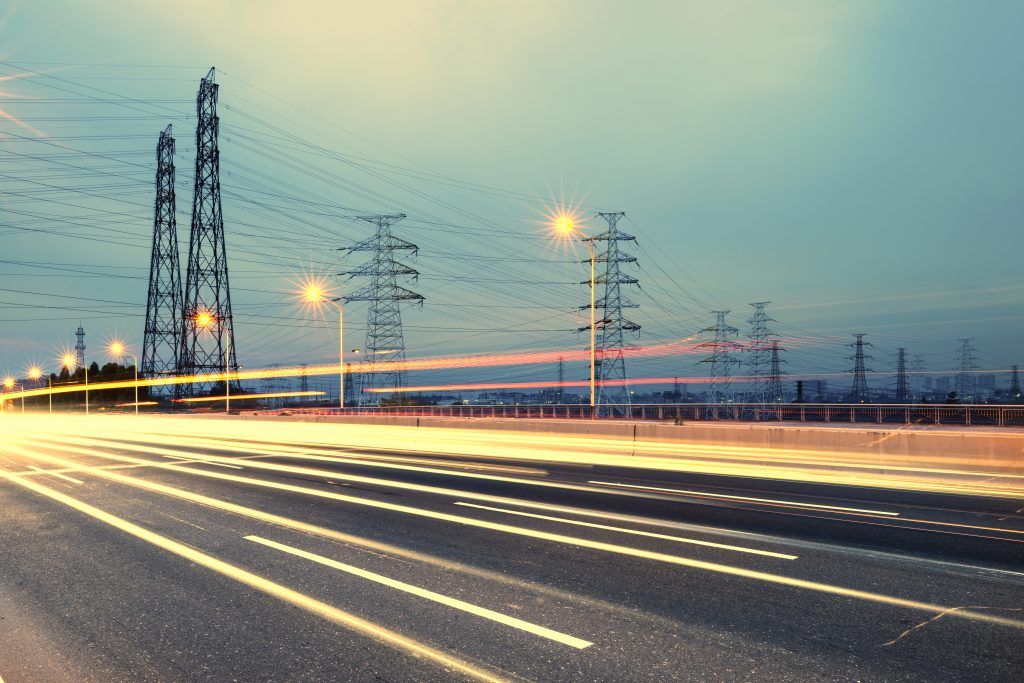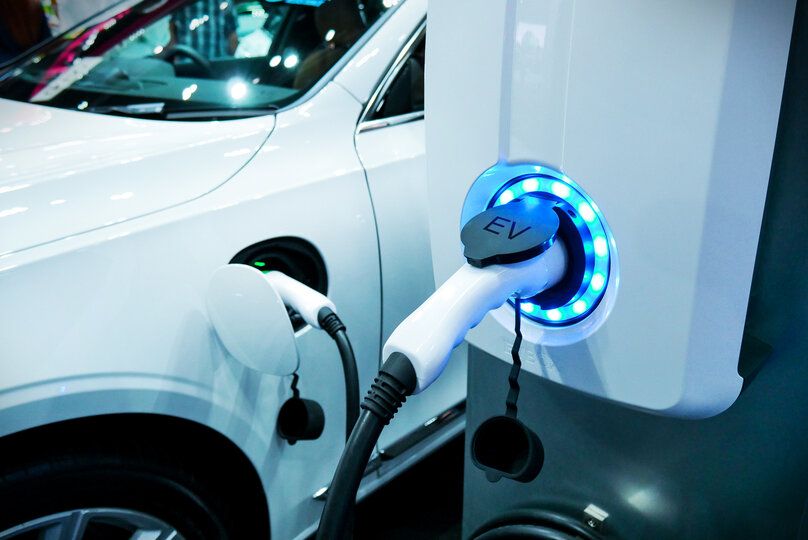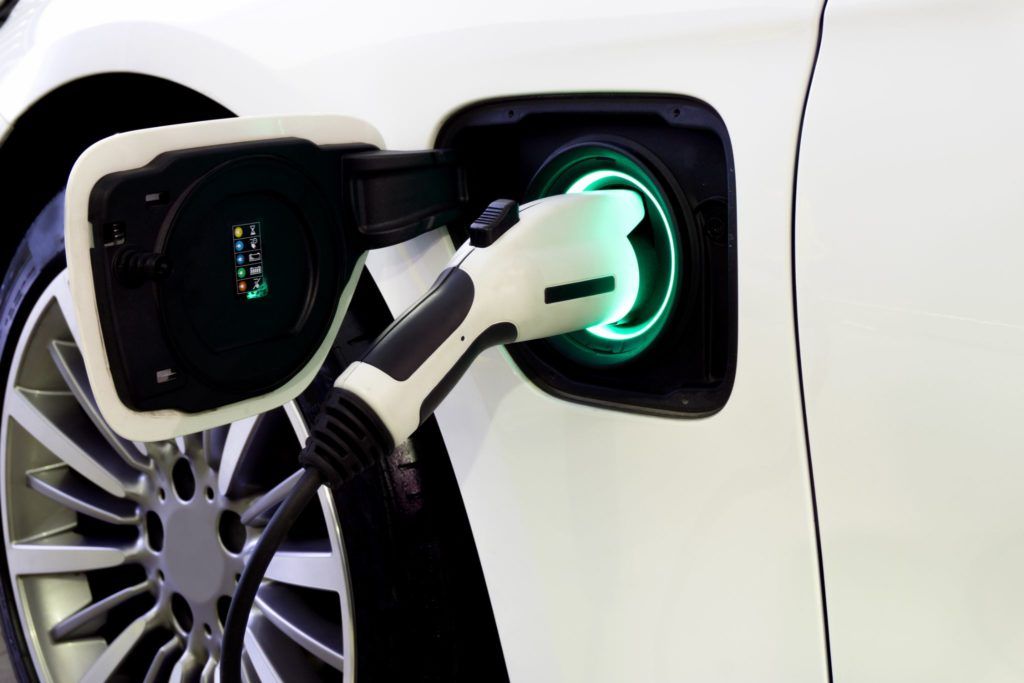UK Power Networks is forecasting that up to 2.7 million electric vehicles (EVs) will be connected to its networks by 2028, up from just 150,000 in its regions today. Transport + Energy caught up with the company’s Director of Customer Service, Strategy, Regulation and Information Systems – Suleman Alli – to find out why and how the network operator has been developing and building markets to build confidence in EVs.
UK Power Networks is one of six distribution network operators across the UK and they are responsible for the electricity distribution network in London, the South East, and South of England.
The network operator has published its draft £4.5 billion Business Plan with a raft of commitments including one to deliver a 10% reduction (in real terms) in its part of the energy bill whilst increasing investment in the electricity networks by 7%.
At the core of UK Power Networks’ strategy, is to have the flexibility to adapt so that the electricity network is an enabler of low carbon technologies like heat pumps and electric cars, regardless of the speed and scale that they are adopted by the public. Its Business Plan argues that this flexibility will avoid needless price increases for consumers to pay for assets that don’t get used.
Under the Business Plan, UK Power Networks has included £4.5bn of investments that it is highly confident will be needed. It has forecast an additional £1.1bn of potential investment if the highest case scenario of people switching to electric vehicles and heat pumps, as defined by the Committee of Climate Change in its Sixth Carbon Budget, materialises.
The plan has been submitted to energy regulator Ofgem for consideration before it is finalised in December. RIIO-ED2 is the next price control for Distribution Network Operators running from 2023-28. It is part of the framework in which network companies are regulated by Ofgem.
“We’ve modelled effectively at a very local level, what we think the uptake of different low carbon technologies is going to be. 2.7 million EVs is a huge number, given where we are today where we’ve probably got about 150,000 connected to our networks,” Alli states.
With this increase in mind, it is important that the network operator understands where EVs are going to appear and how they are going to charge.
Alli continues: “We need to understand how they’re going to charge, and where they are going to appear. We have put a lot of investment into increasing the visibility on our low voltage network, and deploying advanced analytics, and artificial intelligence technologies to give us the best granular view of what’s happening on our networks.
“And that’s utilising things like smart meter data as well as our own data. We’re in the process of implementing a number of things to give us the best view possible so that we can intervene early with either flexibility, or if flexibility is not available to reinforce the network to make sure that the network is ready.”

Reaching a crossroads
When it comes to the question of how much power is needed to cope with the electrification of transport, Alli believes that the country must decide whether to take a smart route, or a traditional route which involves putting more copper in the ground.
“You can take the smart route that says there’s all these new technologies that are available to us, so, is there a way in which we can achieve net zero at the lowest possible cost by making better use of data, better use of technology, and wrapping those two up into compelling consumer propositions where consumers are incentivised to consume when it is cheaper and greener to do so?
“And so therefore, what we’re trying to do is to work with wider market participants, aggregators, energy retailers, to trial smart propositions, and to understand what we need to do on our side and what they need to do on their side to create joined-up propositions for consumers. For example, this year, we were the first network company to agree a contract with a company that’s going to be aggregating electric vehicles as a virtual power plant to provide us capacity. That’s over 180 megawatts of capacity. The scale is unprecedented. And there isn’t a rulebook that we can copy from anywhere else. This is ground-breaking stuff. I think that’s going to give us a lot of learning, both to us and to the market to be able to scale these propositions going forward.”
Responding to the CMA
The Competition and Markets Authority (CMA) recently set out key recommendations to ensure a national network of electric vehicle chargepoints is in place ahead of the 2030 ban on the sale of new petrol and diesel cars.
As part of its market study into electric vehicle (EV) charging, the CMA examined whether the industry can deliver a comprehensive UK charging network that works competitively and that people can trust.
Alli points out that UK Power Networks recently raised the issue of public charging with the CMA after responding to its electric vehicle charging market study.
“How can it be fair, that if you don’t have a driveway that you can spend three, four or five times more, than if you do have a driveway (for charging), if you can find a charger that’s in your locality which works? That’s not fair. We need to do something about it. So, we’re doing a project now in ED1 with three local authorities to help unlock public charging where it won’t get delivered by other means because of market failure. And that market failure is basically because a combination of the fact that you’ve got high upfront connection costs, because those are the current rules, and the connecting party pays for the capacity that it needs rather than the generality of customers. What we’re doing is a project to reveal what the price of the market is willing to pay and socialise the difference in targeted areas where there’s poor air quality, deprivation, lack of off-street parking and where we think there’s going to be upfront costs that are high, because there isn’t the capacity to connect the chargers today.
“And so, we’ve put that data together working with local authorities to unlock public charging. In our ED2 plan we’ve put in a proposal to Ofgem to scale this idea which will unlock 3,000 additional charge points, in ED2, which is a 25% increase on what we have today.”
During our conversation, it is clear that UK Power Networks has been doing a lot of work in the background to make sure that it’s ready for the increasing number of EVs that are coming on stream. Building markets and collaboration with others has been key to this.
“We developed an EV strategy early on because we could see two sectors that traditionally have never had to talk to one another, now have to work much more closely,” comments Alli. “Well, we have to build markets. We must build an EV smart charging market, we need to build a market for EVs, and we need to build consumer confidence. You can’t turn these things on and off. They take sustained and purposeful engagement to build relationships, to build understanding about what’s important for each sector, starting with basic things like terminology, language used, and understanding the rules and regulations. It takes time. We have really invested since 2016 to get to know the sector and to get to know the intricacies of the fleet market versus the consumer market versus the B2B and SME market. They have different and diverse needs. The fact that we responded to the CMA consultation was a reflection of the fact that we’ve been engaging with purpose and in a meaningful way, for many years. And we could see every time we have that engagement that public charging is going to be an issue unless it’s addressed. And therefore, we felt that we should put that view forward to the CMA so that it gets considered and that we collectively put the best brains in Britain together to try and fix those issues. Because I think it can be fixed. It just requires focus.”

Investment in EVs
Earlier this year Ofgem announced a programme of investment for over 200 low carbon projects to get Britain ready for more electric transport and heat.
A further 1,750 charge points will be supported in towns and cities. As drivers make the switch from petrol and diesel to electric, Britain’s cables, substations and other infrastructure need a massive upgrade to support this new demand for electricity.
The investment will be delivered in the next two years and is part of a bigger plan to ensure Britain has the energy infrastructure it needs to support the move to low carbon transport and heating while maintaining secure supplies.
These shovel-ready, low carbon projects start this year, supporting clean transport and heat, and opening up local electricity grids to take on more low carbon generation.
Commenting on these plans, Alli said: “The network companies have come together to identify areas where there are shovel ready projects which will stimulate a green recovery. And as part of that, about £300 million of investment has been put forward by the network companies, which will unlock several things including EV charging on the strategic road network. It’s a great way of us basically reducing the upfront costs by looking strategically at where there may be EV charging needs. But there may also be other things, like renewable generation, and grouping that, getting a view from the market and then investing with confidence that those network assets are going to get utilised. What we are proposing in our ED2 plan is to extend that same approach to the A-roads because you’ve got some parts of our regions that are not covered by many motorways and you’re going to need to have suitable on-street charging or destination charging to cover the area. And so, what we’re proposing is to put in another 14 sites in the plan, so that no one in our region is more than 30 miles away from a rapid charging facility.”
For Alli, achieving net zero is not something that is optional, it is a must. And it is something that is doable, but only if everyone works together.
“The issue here is about how you frame it. The way we think about it is that net zero is not optional. We must achieve net zero. The question is, how do you achieve it at the lowest cost? If you look at what networks have achieved over the last 50 years, just look at the amount of renewable generation that has been connected. Could anyone have predicted the amount of solar that has been connected to the distribution networks over the last 15 years? We’ve exceeded all forecasts, if you go back to 2010, of what we thought the UK system could handle in terms of solar generation. We’ve achieved that by working together as an industry and working with the market. So I think in the same way if we’ve been able to deliver huge carbon reductions in the energy sector, why can’t we do that in the transport sector, using the same recipe, which is working together, focusing on the issues, having strong government policy and targets, and breaking down all the barriers one by one to deliver it? Why can’t we do that? We’ve done it before.”
UK Power Networks is playing its part and has set a target to be net zero in its own operations by 2028. It is decarbonising its own transport fleet and introducing other measures to ensure it meets the target.
“We’re the first DNO in the UK, to have our carbon reduction targets verified by the science-based targets initiative,” notes Alli. “We’ve been doing work to understand how much it’s going to cost and how we go about doing it. We’re the first ones to get external verification of our carbon reduction targets. It is an exciting time. We’ve got to walk the talk. And that’s what we’re proposing to do.”
Finally, the importance of the work that UK Power Networks and others are doing to decarbonise the transport and energy sectors is not something that is lost on Alli.
“It is the biggest strategic issue. What role are we going to play to ensure that the networks are not a blocker to the country’s decarbonisation plans? That is the biggest strategic imperative for our business right now, it occupies a lot of our time, to make sure that every aspect of the business is ready.
“And it is a complicated picture, if you think about it, because you’ve got heat, you’ve got transport, and several sectors that need to decarbonise. And we need to basically stay on top of all of it to make sure that the networks continue to adapt and evolve and remain fit for purpose.
“But what I would say is that we‘ve been working behind the scenes for several years now, hence why you’re starting to see some real traction. The fact that we have secured flexibility at LV level for electric vehicles, at scale, is phenomenal. No one else has done that in the world. That hasn’t happened overnight. That’s happened after five years of market development and engagement.
“Networks like UK Power Networks have been working quietly, diligently behind the scenes with key stakeholders to think about these things, hence why we’re so vocal on some of the issues around public charging, flexibility and smart charging, because we really believe it is the best way to achieve net zero at the lowest possible cost.”
Image of Suleman Alli courtesy of UK Power Networks.
Other images: Shutterstock








